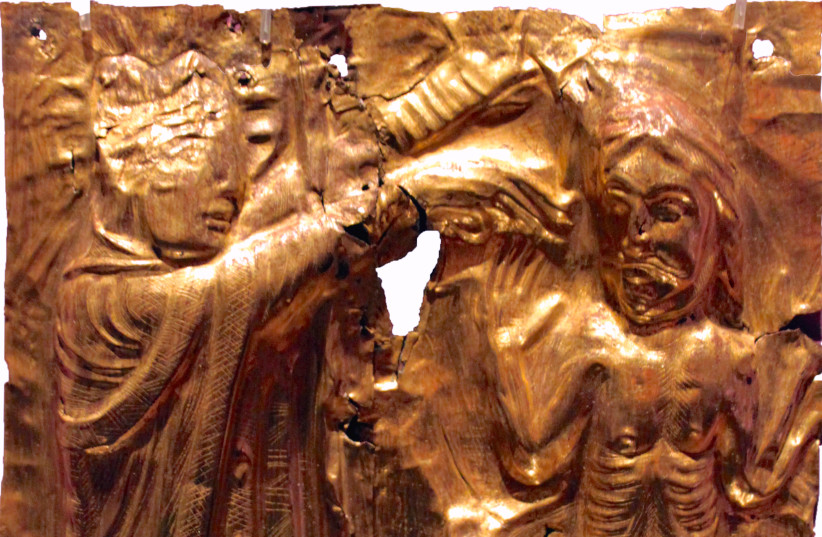Archaeologists in Denmark uncover hall that may have belonged to Viking noble

The hall likely dates to the last half of the ninth century or the beginning of the 11th century
A team of Danish archaeologists uncovered the remains of what they believe may have been a Viking Age hall near the village of Hune in the north of the country.
The hall, which likely dates to the last half of the ninth century or the beginning of the 11th century, measured up to 40 meters long and between eight and 10 meters wide, according to the researchers, including excavation manager and archaeologist Thomas Rune Knudsen from North Jutland Museums.
The hall included 10-12 oak posts stabilizing its roof, each measuring up to 90x50 cm. Moreover, Knudsen said the hall was larger than typical homes, indicating it was a prestigious building.
The hall bears a resemblance to houses found at castles belonging to Harald I, also known as Harald Bluetooth, the king of Denmark between 958 and 985 CE.
Hall believed to have belonged to Viking nobleman
The researchers believe the hall and nearby homes that have yet to be found may be part of a farm belonging to the family of Viking Runulv den Rådsnilde, which was one of the most powerful families in the area.
"We only had the opportunity to excavate part of the hall, but there are probably several houses hidden under the mulch to the east. A hall building of this nature rarely stands alone," Knudsen said.
The researchers reached this hypothesis because a Viking Age rune stone was previously found that is thought to have originated from the area, engraved with the words "Hove, Thorkild, Thorbjørn set their father Runulv den Rådsnilde’s stone."
"It is difficult to prove that the found Viking hall belonged to the family of Runulv den Rådsnilde, but it is certainly a possibility," Knudsen added. "If nothing else, the rune stone and hall represent the same social class and both belong to society's elite."
Jerusalem Post Store
`; document.getElementById("linkPremium").innerHTML = cont; var divWithLink = document.getElementById("premium-link"); if (divWithLink !== null && divWithLink !== 'undefined') { divWithLink.style.border = "solid 1px #cb0f3e"; divWithLink.style.textAlign = "center"; divWithLink.style.marginBottom = "15px"; divWithLink.style.marginTop = "15px"; divWithLink.style.width = "100%"; divWithLink.style.backgroundColor = "#122952"; divWithLink.style.color = "#ffffff"; divWithLink.style.lineHeight = "1.5"; } } (function (v, i) { });

